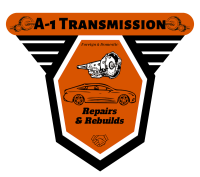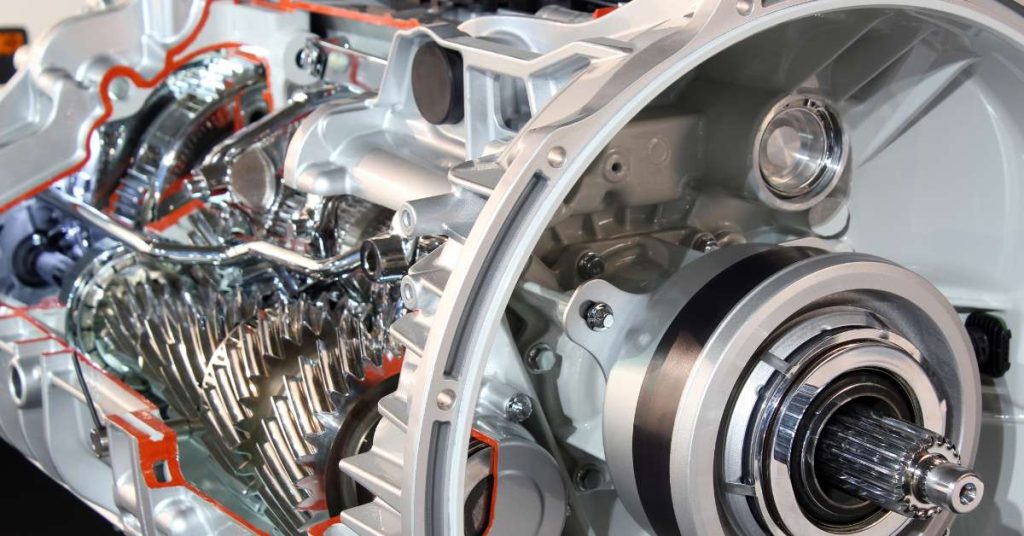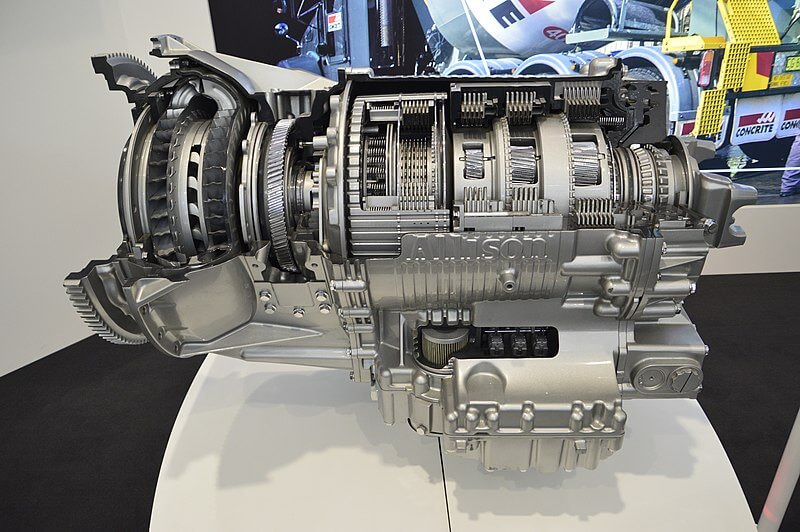How to Spot Manual Transmission Problems
When it comes to your vehicle's manual transmission, maintaining optimal performance is crucial for a smooth and efficient drive. Identifying and fixing manual transmission problems early on can prevent more extensive issues, saving you time and money.
In this guide, we'll walk you through the most common manual transmission problems, offering insights on how to spot them, what causes these issues, and when to seek professional help.
1. Grinding Gears
One of the most noticeable signs of manual transmission trouble is the grinding of gears during shifting. If you hear a harsh grinding noise when changing gears, it's a clear indication that there's a problem. This could be due to worn-out synchronizers, which are responsible for smooth gear engagement. Ignoring this issue can lead to serious damage to the transmission over time.
How to Spot It:
Listen for unusual grinding noises, especially when shifting gears. Pay attention to whether the noise occurs while upshifting or downshifting.
Possible Causes:
- Worn synchronizers
- Clutch issues
- Transmission fluid contamination
Solution:
Consult a professional mechanic to inspect and replace worn synchronizers. Ensure that the clutch system is in good condition, and consider a transmission fluid flush to remove contaminants.
2. Slipping Gears
Experiencing slipping gears can be a dangerous situation, as it affects your control over the vehicle. If the transmission unexpectedly shifts out of gear or into neutral while driving, it's a clear sign of a slipping transmission.
This problem may manifest as a sudden loss of power or a noticeable increase in engine RPM without a corresponding increase in speed.
How to Spot It:
Pay attention to any sudden, unexplained changes in engine RPM while driving. If the transmission slips out of gear, it's a critical issue that needs immediate attention.
Possible Causes:
- Worn clutch
- Low transmission fluid
- Damaged gear synchronizers
Solution:
Have a professional mechanic inspect the clutch for wear and replace it if necessary. Ensure the transmission fluid is at the proper level and free from contaminants. If the issue persists, a more in-depth examination of the gear synchronizers may be required.
3. Whining Noise
A high-pitched whining noise while driving could indicate problems within the transmission. This noise might become more pronounced as you accelerate or decelerate. Ignoring this sound could lead to severe damage to the transmission components.
How to Spot It:
Listen for a persistent whining noise that correlates with your vehicle's speed. Take note if the noise changes when you press or release the clutch.
Possible Causes:
- Worn bearings
- Insufficient lubrication
- Damaged gears
Solution:
Consult a professional mechanic to diagnose the source of the whining noise. Addressing the issue promptly may involve replacing worn bearings, ensuring proper lubrication, or repairing damaged gears.
4. Hard Shifting
Difficulty in shifting gears, often accompanied by a resistant or stiff feel when engaging the clutch, is a common manual transmission problem. This can make driving uncomfortable and may indicate underlying issues that need attention.
How to Spot It:
Notice if you have to exert more force than usual to shift gears. A notchy or resistant feel in the shifter is a clear sign of hard shifting.
Possible Causes:
- Worn synchros
- Clutch linkage problems
- Transmission fluid issues
- Solution:
Seek professional assistance to inspect the synchros and replace them if necessary. Ensure the clutch linkage is functioning correctly and consider a transmission fluid change if needed.
5. Synchronized Hub Sleeve Issues
The synchronized hub sleeves play a crucial role in ensuring smooth gear engagement. If these components are damaged or worn, it can lead to difficulties in shifting gears and an overall decline in transmission performance.
How to Spot It:
Look for signs of wear or damage on the synchronized hub sleeves. Inspect for any visible issues when the transmission is disassembled.
Possible Causes:
- Lack of proper lubrication
- Excessive wear over time
- Manufacturing defects
Solution:
Regularly inspect the synchronized hub sleeves for wear and tear. Ensure proper lubrication and consult a professional if replacement is necessary.
6. Shift Fork Alignment
The shift fork is responsible for moving the synchronizer collar to engage gears. If the shift fork is misaligned or damaged, it can lead to problems with gear engagement, resulting in a less responsive transmission.
How to Spot It:
If you experience difficulty in smoothly shifting gears, it could be due to misaligned or damaged shift forks. Pay attention to any resistance or grinding during gear changes.
Possible Causes:
- Wear and tear over time
- Lack of proper maintenance
- Manufacturing defects
Solution:
Regularly inspect the shift fork for signs of wear. Ensure proper maintenance and lubrication. If misalignment or damage is detected, consult a professional for repairs or replacement.
7. Clutch Adjustment Problems
A properly functioning clutch is essential for seamless gear changes. If you notice changes in pedal feel, slipping, or difficulty in engaging gears, it may be a result of clutch adjustment problems.
How to Spot It:
Pay attention to changes in clutch pedal feel, such as increased resistance or a spongy sensation. Difficulty in fully disengaging or engaging the clutch is also a red flag.
Possible Causes:
- Clutch cable or hydraulic system issues
- Worn clutch components
- Improper clutch adjustment
Solution:
Inspect the clutch cable or hydraulic system for any issues. Replace worn clutch components and ensure the clutch is correctly adjusted. Professional assistance may be required for more complex adjustments.
Basic At-Home Checks
While some transmission issues require professional attention, there are basic checks you can perform at home to catch problems early:
Check Transmission Fluid:
Ensure that the transmission fluid is at the correct level and appears clean. Dirty or low fluid levels can contribute to various transmission problems.
Clutch Pedal Feel:
Pay attention to changes in clutch pedal feel. An inconsistent or spongy pedal may indicate issues with the clutch system.
Listen for Unusual Noises:
Strange noises during gear changes or while driving can signal transmission problems. Investigate any unusual sounds promptly.
Gear Engagement:
Notice if there's any resistance or difficulty in engaging gears. Smooth gear changes are indicative of a healthy transmission.
When to Seek Professional Help
While basic checks can help you catch some issues early, there are instances where professional intervention is necessary. Seek the help of a qualified mechanic if:
- You experience persistent grinding, slipping, or whining noises.
- Shifting gears becomes increasingly difficult.
- There's a noticeable decrease in overall transmission performance.
Conclusion
Being vigilant about the signs of manual transmission problems and addressing them promptly is key to preventing major repairs. Regular maintenance, at-home checks, and seeking professional help when needed can extend the life of your manual transmission, ensuring a smoother and more enjoyable driving experience.
Don't ignore the warning signs—take action early. Reach out today if you are in need of professional help from a transmission expert.




